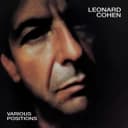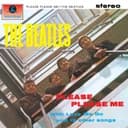The G♯ Major Pentatonic Scale follows the standard interval formula, producing a five-note framework. The enharmonic equivalent A♭ Major Pentatonic is often preferred in jazz and popular music due to the prevalence of flat keys, though both notations appear depending on the surrounding harmonic context.
Enharmonic Equivalence with A♭ Major Pentatonic
G♯ Major Pentatonic and A♭ Major Pentatonic sound identical but use different notation. The choice typically depends on whether the piece uses primarily sharp or flat notation. Both appear in practical music, with jazz musicians often favoring the A♭ notation.
Practical Applications
The scale functions beautifully over I-IV-V progressions and is essential for improvisation in jazz, blues, and pop. Its relative minor F Minor Pentatonic (when notated as A♭) shares the same notes but with a different tonal center, creating opportunities for modal interchange.
Scale Relationships
The pentatonic scale derives from G♯ Major (or A♭ Major) and connects to blues scales through added chromatic notes. Many musicians blend major and minor pentatonic scales for expressive improvisation.





